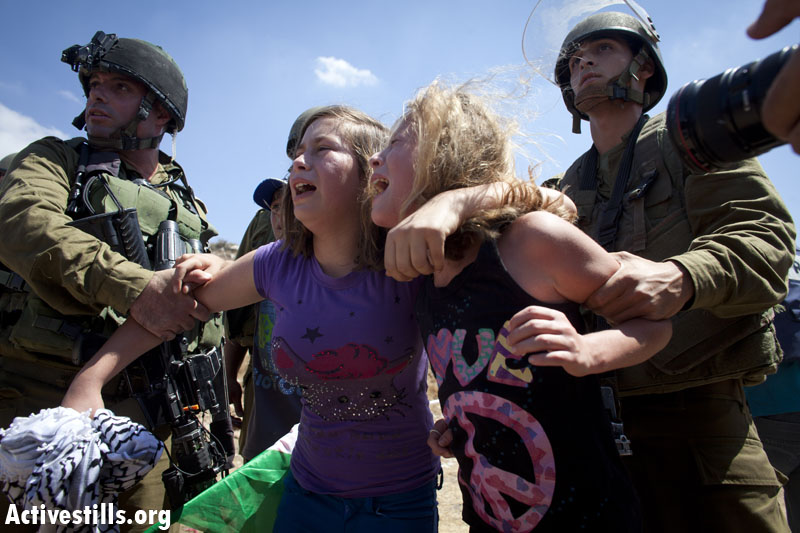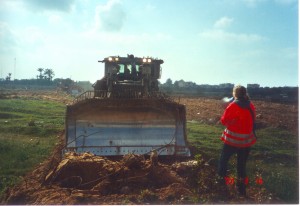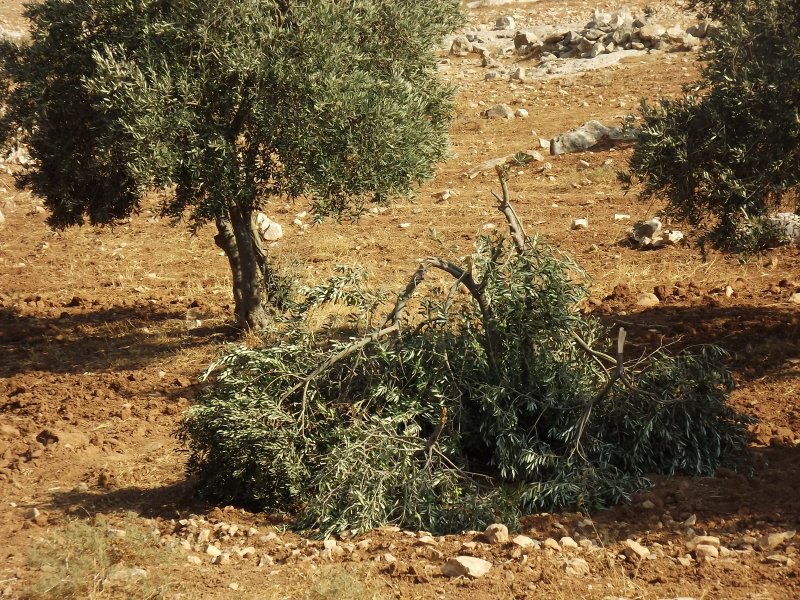Category: In the Media
-
Video: Soldiers attack children in Nabi Saleh and forcibly separate them from their detained mother
August 25 2012 | Popular Struggle Coordination Committee, Occupied Palestine Army held six detainees over eight hours, raided houses in the village, injuring several residents and using live ammunition Pictures: see here, here, here, and here During the weekly demonstration in the village of Nabi Saleh, yesterday, Friday, dedicated to support the Palestinian prisoners in Israeli jails, some of the…
-
Verdict in Rachel Corrie lawsuit to be announced August 28
22 August 2012 | the Rachel Corrie Foundation, Occupied Palestine The verdict in the civil lawsuit against the State of Israel for the killing of peace activist Rachel Corrie over nine years ago will be announced August 28, 2012, at 9:00 a.m. at the Haifa District Court. Rachel Corrie, a 23-year-old American from Olympia, Washington, was…
-
Thirty olive trees cut nearby the Palestinian village of At-Tuwani
20 August 2012 | Operation Dove, At-Tuwani, South Hebron Hills In the afternoon of August 16th some Palestinians discovered that an olive grove situated in Humra valley had been recently destroyed during the night, according to a Palestinian. Thirty olive trees were broken or severely damaged. The olive grove belongs to a Palestinian family that…



